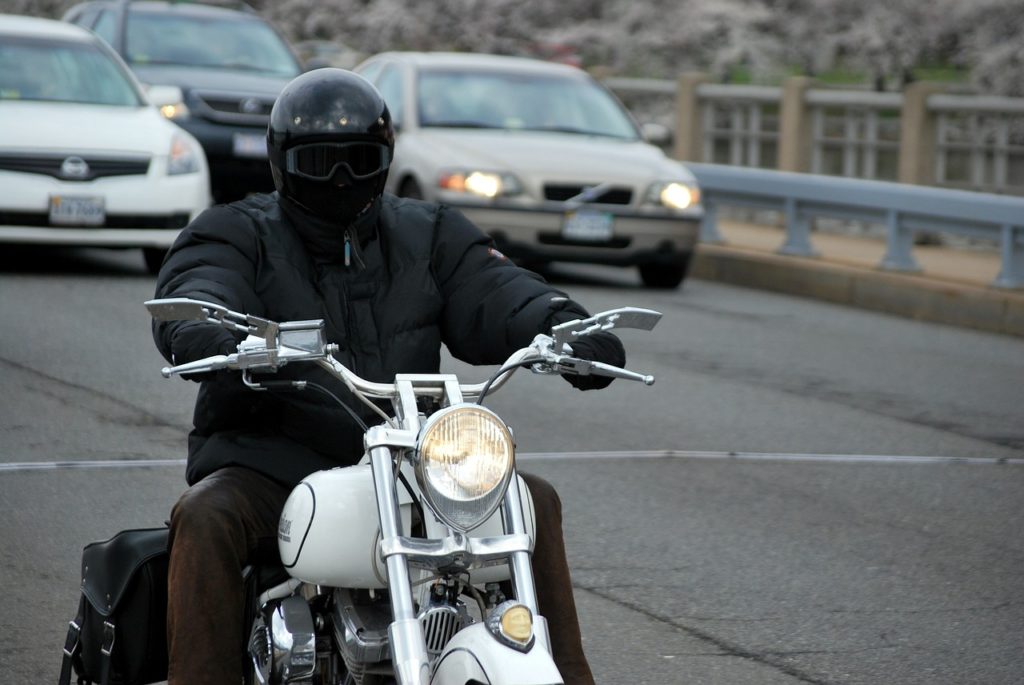- Lifetime licence bans are needed to fight drinking and driving - January 6, 2021
- Tinted windows in automobiles: are they permitted in Ontario? - August 7, 2020
- Recent cycling deaths point to a need to make roads safer - July 27, 2020
Ontario could be headed for a seven-year spike in motorcycle deaths and all motorists need to exercise caution, the provincial police warned Thursday.
The OPP said as of Aug. 18, 26 people – 25 motorcyclists and one passenger – had died in crashes within the force’s jurisdiction.
That compares with 29 deaths in collisions involving motorcycles all of last year, and 26 the year before.
“Last year from this time forward, we recorded nine more fatal collisions in the fall season. So, we could certainly beat the record and have the worst motorcycle season in at least seven years and probably beyond,” said Sgt. Kerry Schmidt.
Ideal road conditions
He said the collisions were happening in ideal road conditions and more than half of the victims were between the ages of 45 and 64.
Schmidt said it was difficult to pinpoint the exact reason for the surge in accidents, but complacency within the motoring public could be a reason.
In 50 of the last 175 fatal collisions, “the motorcyclist was actually recorded as driving properly at the time, which tells us that other motorists are contributing to these collisions,” Schmidt said.
Police are reminding motorcyclists to wear high visibility clothing and position themselves properly in lanes to increase their chances of being seen, while also reminding other motorists to be on the watch for motorcycles, especially before changing lanes.
Experts agree on the need for all to be vigilant on the roads.
Use extra precaution
Toronto critical injury lawyer Patrick Brown says motorists must use extra precaution when it comes to sharing the road with motorcyclists.
“Based on the statistics and what the police are finding, it’s the other motorists as opposed to motorcyclists that are causing these accidents,” says Brown, partner with McLeish Orlando LLP. “Motorcyclists don’t have side-impact airbags or collapsible steering wheels – they don’t have the benefit of the technology that has protected many motorists. Motorists have to be more vigilant in looking out for motorcyclists.”
The idea of reaching a seven-year high in motorcycle fatalities is “alarming,” and “has to be addressed,” says Brown.
“Everybody has to take more precautions on our roadways, and obviously pay close attention, but it has to be understood that with motorcyclists, you don’t get claims where the driver has a whiplash injury or soft-tissue damage. You get serious and debilitating injuries – multiple fractures, traumatic brain injuries or fatalities. That’s because they simply don’t have the protection other motorists have,” he says. “It’s for that reason that people in cars better pay more attention and be on the lookout for motorcyclists and share the road.”
Misconceptions
Brown says the fact that more than half of the victims are middle-aged quashes any notion that only young, daredevil drivers get in crashes.
“These are middle-aged individuals who aren’t driving erratically and aren’t being negligent, and they’re getting killed,” he says.
Amrit Toor, a British Columbia-based forensic engineer specializing in accident reconstruction, said the primary cause of a collision is the fact that other road users don’t always see a motorcycle.
“They are so focused on looking for other vehicles, and by other vehicles, I mean four-wheeled vehicles.”
He said motorcyclists are also vulnerable because very often they are camouflaged in traffic, especially those wearing dark clothing, and some riders don’t always wear the right type of helmet.
“There seems to be a trend, at least in trendy motorcycle riders, to wear what is known as a mini helmet, which is really a skullcap more than a helmet,” Toor said.

